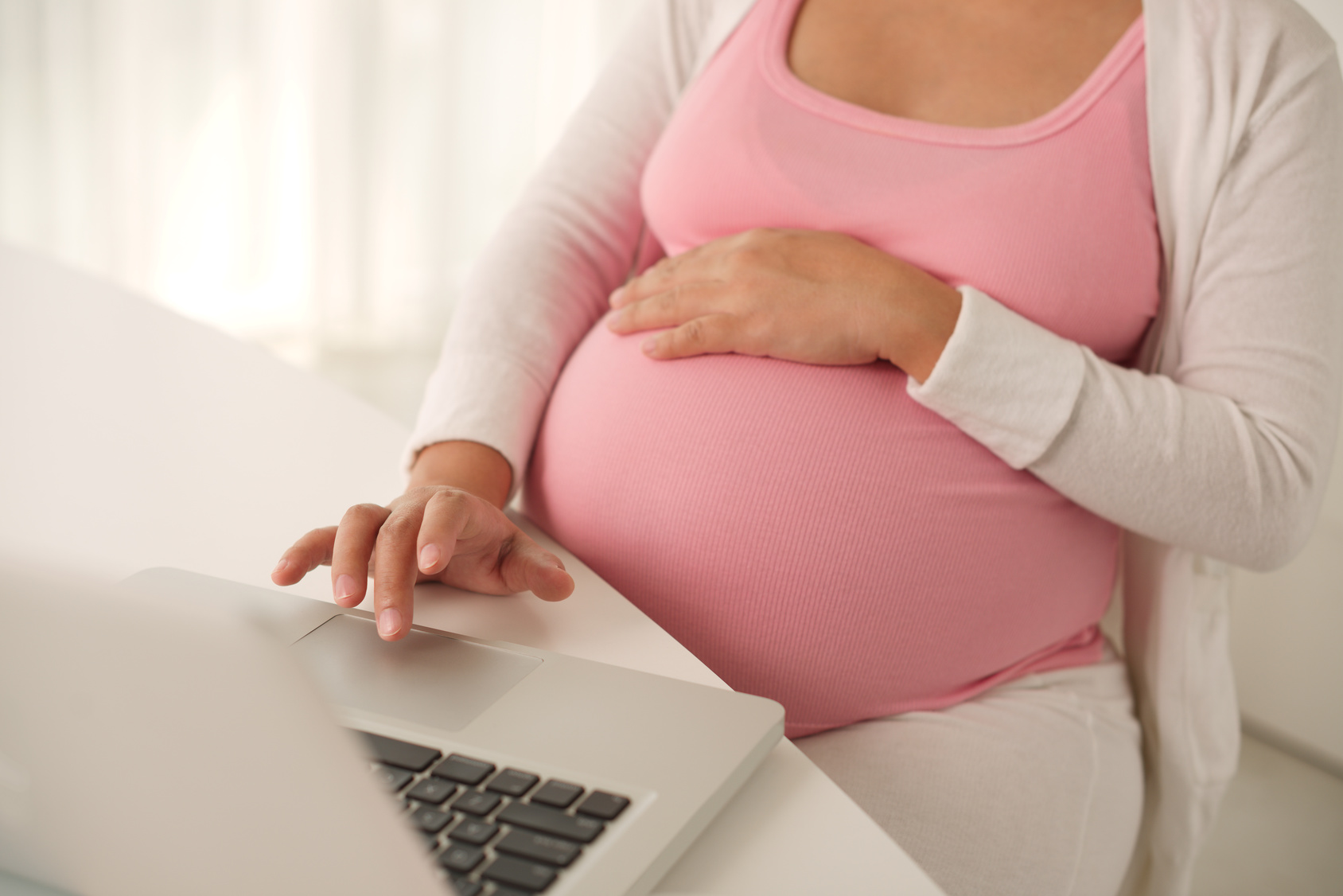We have been writing over the last few years about the growing problem of opioid use and abuse in women of reproductive age. Responding to a dramatic increase in the number of women abusing opiates during pregnancy, the American College of Obstetricians and Gynecologists (ACOG) has released revised guidelines on the treatment of opioid use during pregnancy.
ACOG recommends universal screening to be carried out at the first prenatal visit with a validated verbal screening tool, such as the 4Ps, NIDA Quick Screen, and CRAFFT (for women 26 years or younger).
If a woman screens positive, the ACOG guidelines recommend some type of brief intervention (such as such as engaging in conversation, providing feedback and advice) and referral for treatment.
The guidelines highlight the importance of recognizing comorbid psychiatric illness, citing high rates (30% to 40%) of depression in pregnant and postpartum women receiving treatment for opioid use disorders.
For pregnant women with an opioid use disorder, opioid agonist pharmacotherapy (with methadone or buprenorphine) is the recommended therapy and is preferable to medically supervised withdrawal. (Withdrawal is associated with high relapse rates and worse outcomes.)
While we are seeing more women using opioids during pregnancy, many of us do not feel well-equipped to recognize and manage opioid use disorders during pregnancy and the postpartum period. ACOG has compiled a list of additional resources which may be helpful to health care providers and patients; however, this list of resources feels somewhat sparse in light of the magnitude of the problem with are facing in this vulnerable population.
Ruta Nonacs, MD PhD
Committee Opinion No. 711 Summary: Opioid Use and Opioid Use Disorder in Pregnancy. Obstet Gynecol. 2017 Aug;130(2):488-489.








Leave A Comment